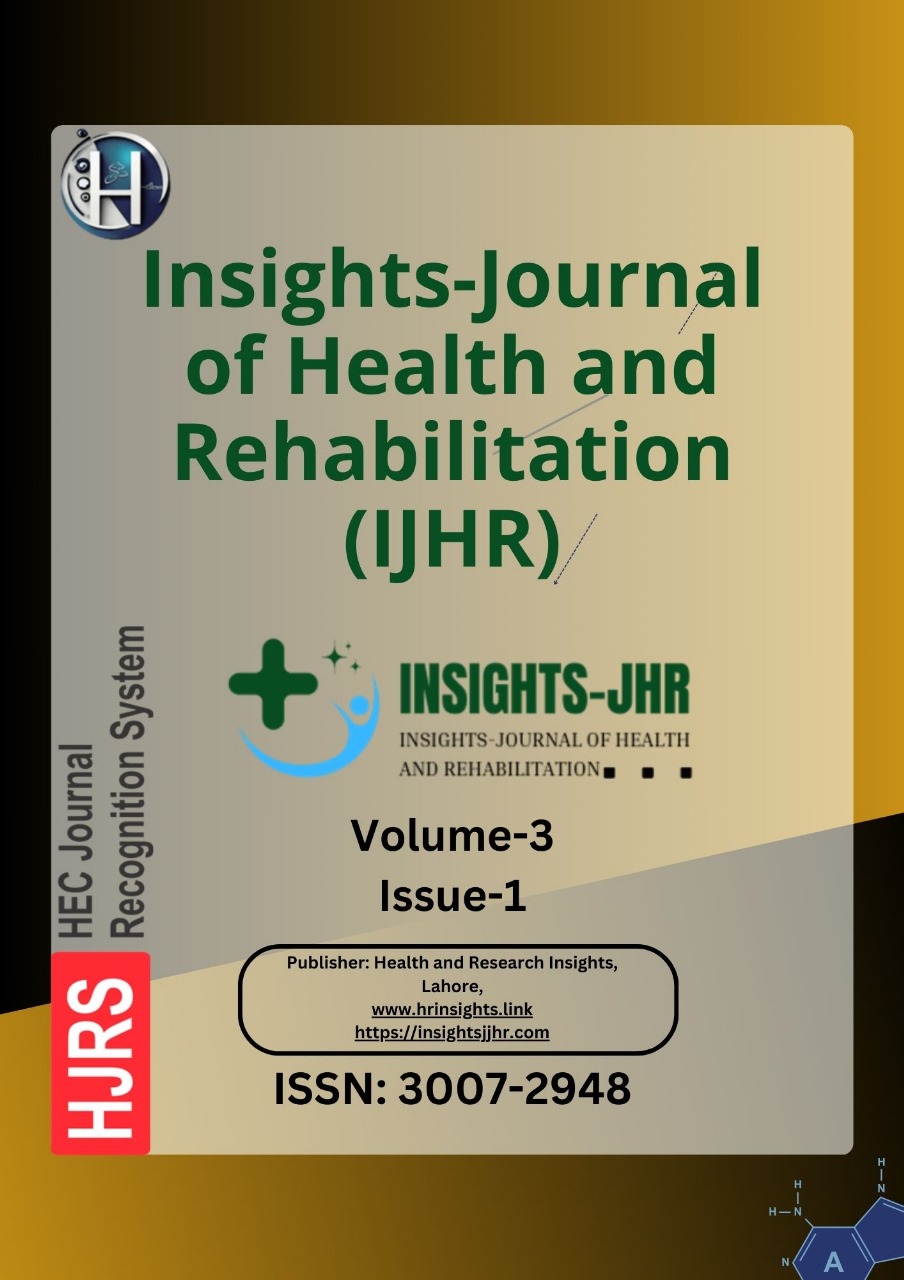THE ROLE OF DIFFUSION WEIGHTED MR IMAGING IN DETECTION OF BRAIN LESION
DOI:
https://doi.org/10.71000/9vkas261Keywords:
Brain Lesions, Diagnostic Accuracy, Diffusion Weighted Imaging, Histopathology, Magnetic Resonance Imaging, Neoplastic, Non-neoplasticAbstract
Background: Brain lesions, encompassing a spectrum of pathological alterations in brain tissue, pose significant diagnostic challenges due to their often subtle manifestations on traditional imaging techniques. Early and accurate detection is crucial for effective treatment planning and patient management.
Objective: To assess the efficacy of diffusion-weighted imaging (DWI) in the detection of brain lesions and to compare its diagnostic accuracy with histopathological findings.
Methods: This analytical cross-sectional study was conducted at the Department of Radiology, Islamabad Diagnostic Center, Faisalabad, from September 2024 to October 2024. A total of 88 patients with brain lesions identified on MRI underwent DWI. These lesions were classified as neoplastic or non-neoplastic based on diffusion restriction patterns. Correlation with histopathological results was performed, and the sensitivity, specificity, positive and negative predictive values, and diagnostic accuracy of DWI were evaluated. The Chi-square test was used to analyze the association between diffusion restrictions and the presence of brain lesions.
Results: DWI demonstrated a sensitivity of 93.62%, specificity of 92.68%, positive predictive value of 93.62%, negative predictive value of 92.68%, and a diagnostic accuracy of 93.18% in detecting brain lesions. A statistically significant p-value of 0.001 was obtained, confirming the efficacy of DWI in the diagnostic process.
Conclusion: Diffusion-weighted imaging is a non-invasive, highly sensitive, and specific modality that significantly enhances the detection of brain lesions. It is recommended that DWI be used in conjunction with conventional imaging techniques to improve diagnostic accuracy.
Downloads
Published
Issue
Section
License
Copyright (c) 2025 Adeel Shah, Tayyaba Ayub, Ahmad Mehmood, Hassnain Ijaz, Momna Aslam, Amna Noreen (Author)

This work is licensed under a Creative Commons Attribution-NonCommercial-NoDerivatives 4.0 International License.







